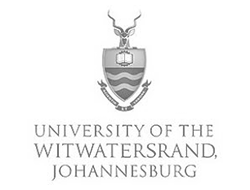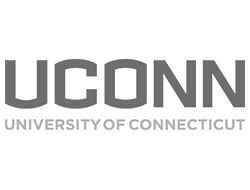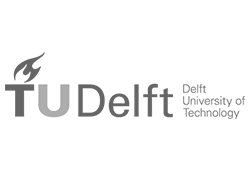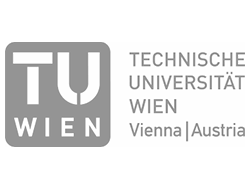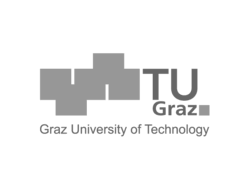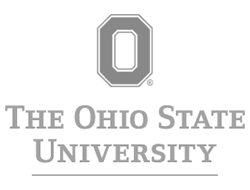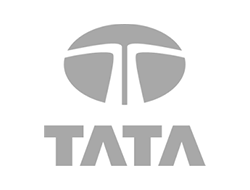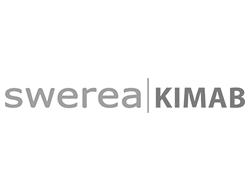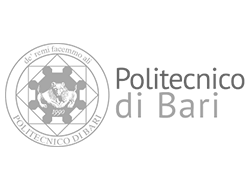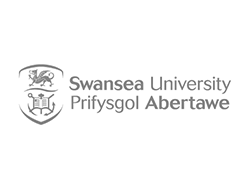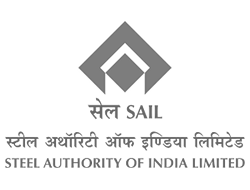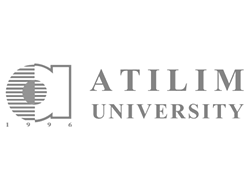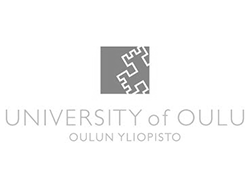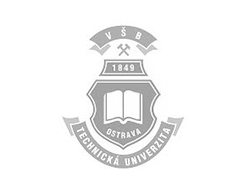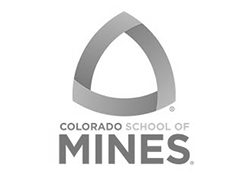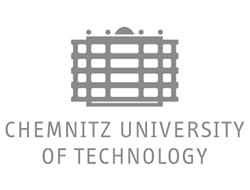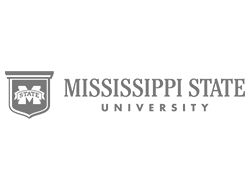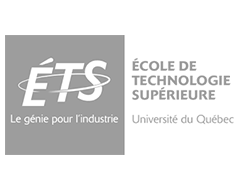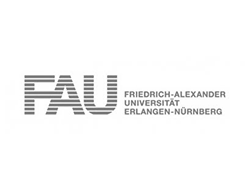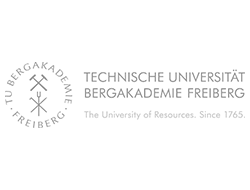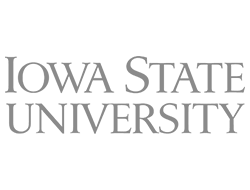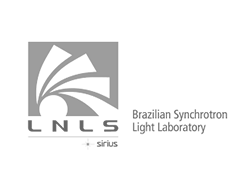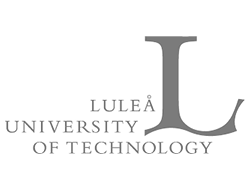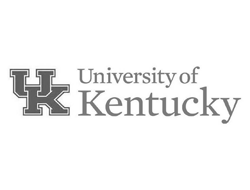General Electric Research and Development Center
For Dr. Robert Sundell, Mechanical Engineer at GE's Research and Development Center in Schenectady, NY, the Gleeble is a highly practical research tool that has helped him and his colleagues solve some difficult processing problems.
"We purchased a Gleeble 1500 in 1985," Dr. Sundell says, "because GE's Aircraft Engine Group wanted to come up with a way to bond fan airfoils to forged hubs. These integrally bladed rotors, as they are called, are single-piece assemblies which eliminate the traditional dovetail fit in which a highly machined fan blade fits into a keyway in the hub. The integrally-bladed rotors save a lot of weight and are a more efficient configuration in terms of air flow in the jet engine."
The problem that faced the GE Research and Develop-ment team was to come up with a process to solid-state bond Titanium 6-4 fan airfoils to the hubs. They began looking at pressure welding (or upset welding) and evaluating the relationship of weld parameters, such as interface temperature, weld upset, upset rate, and post-weld cooldown rate, to the final weld properties. They were also interested in how each of these weld parameters affected the final weld microstructure.
Harold Jenkins (left), specialist, and Dr. Robert Sundell, mechanical engineer, perform tests with the Gleeble 1500 at GE's Research and Development Center in Schenectady, N.Y.
Dr. Sundell says, "The Gleeble was ideal for doing this type of study. We tested subscale specimens with the correct bond geometry. We conducted large test matrices that were statistically designed to evaluate the effect of the various parameters on weld properties. The team also developed a finite difference model of the pressure welding process, which gave deformation or upset/profiles for different temperature distributions and weld upsets. By comparing the Gleeble results with model predictions, we were able to verify the finite element model which could then be used to model the full-scale welds."
He adds, "In the end, we came up with a broad process window which gave weld properties equivalent to the parent material's properties. GE Aircraft Engines made up several fan/hub assemblies, and they were engine-tested successfully."
The Gleeble at the GE Research and Development Center was also utilized in defining the process for the superplastic forming of aircraft engine components. Superplastic forming is a near-net shape process for forming parts from alloys which exhibit exceptional ductility at particular stain rates and temperatures. The near-net shape part is usually blow-molded by pressurizing the inside of a pre-assembly which is contained in a die. A finite element model was again constructed for the forming process and superplastic material properties for Titanium 6-4 were needed to get useful results from the model.
Dr. Sundell says, "What we needed was a constitutive equation which gave the flow stress of the titanium as a function of temperature and strain rate. We conducted a series of tensile tests with the Gleeble, deforming Titanium 6-4 at different temperatures and strain rates, to get information for the model. Eventually, a processing map was developed for an efficient and reliable process."
Dr. Sundell also reports that he and his colleagues have used the Gleeble to evaluate the tensile strength of braze alloys used in the manufacture of X-ray tubes at GE Medical Systems. Brazing is used in the joining of a molybdenum alloy to a nickel-based alloy.
"We made up tensile specimens from pins brazed together at different temperatures and with different braze alloys and then conducted tensile tests in the Gleeble to evaluate the joints. We've also used the Gleeble to measure the radiative emittance of various alloys. This data has been used in conjunction with an infrared instrument developed here at the Center to monitor the temperature of various metallurgical processes," Dr. Sundell says.
Other projects have included simulating temperature and strain cycles in a weld zone during post-weld heat treating and evaluating Titanium 6242, 6246, and 17 for pressure welding.
Dr. Sundell adds, "The Gleeble System is unique in allowing one to simulate process heating and cooling rates over several orders of magnitude. Also, tests can be conducted in vacuum as well as in other controlled atmospheres. Conducting similar tests in other facilities is much more complicated if not impossible. No other equipment allows us to control cooldown rates. It's a dynamic machine for dynamic tests that simulate the real world."
This article first appeared in the Gleeble® Newsletter — Fall-Winter 1994.




